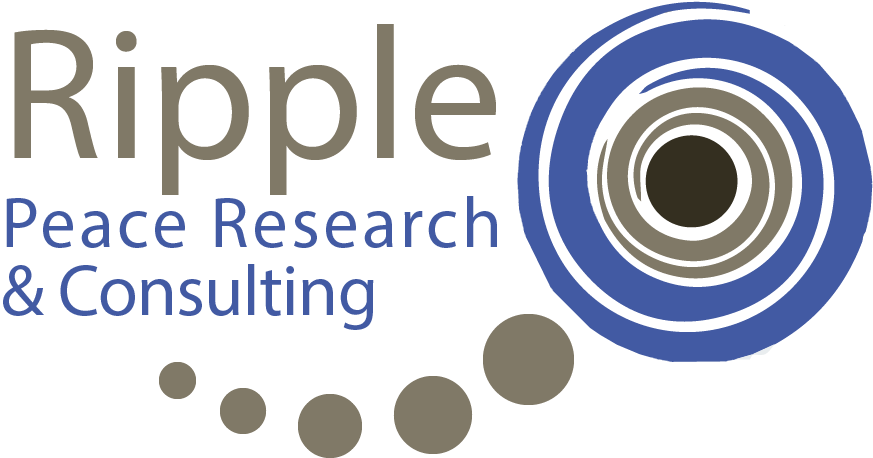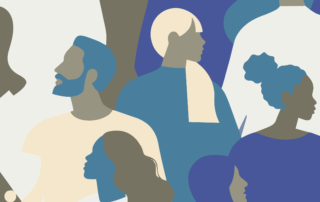SERVICES
Program Design
Your program aims to influence your unique context, beginning with a deep understanding of that context. This understanding is crucial, especially when addressing systemic discrimination and exclusion, because there will be forces resisting your efforts. Learning to map your context will equip you to plan for effective social change and integrate justice and peace within your design.
SERVICES
Program Design
Your program aims to influence your unique context, beginning with a deep understanding of that context. This understanding is crucial, especially when addressing systemic discrimination and exclusion, because there will be forces resisting your efforts. Learning to map your context will equip you to plan for effective social change and integrate justice and peace within your design.
Ripple can help with:
Context mapping for intergroup relations programs
For programs focused directly on intergroup relations, Ripple analyzes conflict and injustice as part of complex adaptive systems, often including vital intersecting themes such as gender, migration or climate. This analysis is best done through an expertly facilitated participatory workshop, but alternative methods are also available upon partner request. Ideal timings for this analysis include the initial program design phase and moments of periodic learning review. This analysis identifies entry and leverage points for strategic intervention and facilitates planning on dealing with likely sources of resistance.
Context mapping for programs in delicate contexts
In communities where intergroup relationships are tense or violent, there is a possibility of unintended consequences for any program, whether it be youth empowerment, climate advocacy, religious engagement, etc. In such cases, Ripple offers conflict and injustice sensitivity analysis. Similar to an environmental impact assessment conducted before building construction, this analysis helps to ensure that your impact on the surrounding context is as positive as possible. Participatory tools include Do No Harm with optional integration of gender considerations at the local level and customized applications of Making Sense of Turbulent Contexts at the regional or national level. These analyses will help you integrate design principles that contribute toward equity and social cohesion while avoiding unintended program effects that might undermine those critical aims.
New research: Conflict sensitivity for interfaith action
Michelle Garred, PhD, and Johonna McCants-Turner, PhD, recently teamed up to produce two exciting new resources: Far Beyond a Tool: Do No Harm as Spiritual (Trans)Formation for Interfaith Cooperation and Action. This article appears the journal Development in Practice (1 Aug. 2022). ‘Do No Harm’ Brief for Faith Leaders in Community Action. This is a quick-and-dirty [...]
Planning change and tracking progress
Building upon the insights of context mapping, Ripple can assist you in creating or updating the theories of change that articulate what you expect will change within your context and how and why it will happen due to your efforts. In situations where it’s possible to predict the signposts of progress, Ripple recommends tracking locally sourced and validated indicators or the behavior-centered progress markers of Outcome Mapping. In complex contexts that are difficult to predict, Ripple recommends monitoring performance through the open-ended emergent approach of Outcome Harvesting. These are practitioner-friendly approaches, and we offer training and coaching to help develop skills within your organization.

